Preserve and enhance the surface of your work with Mayco’s Stoneware Clear.
Cone 6 chips have been fired flat in oxidation on white stoneware body.
Cone 10 chips have been fired flat in reduction on white stoneware body.
Functionally, clear glaze forms an impervious barrier that protects against liquids, dirt and abrasion. Aesthetically, our clear glazes provide a gloss or matte finish over top of your colored glaze decoration. Mayco offers three clear dipping and brushing glazes: Clear, Matte Clear, and Zinc-Free Clear.
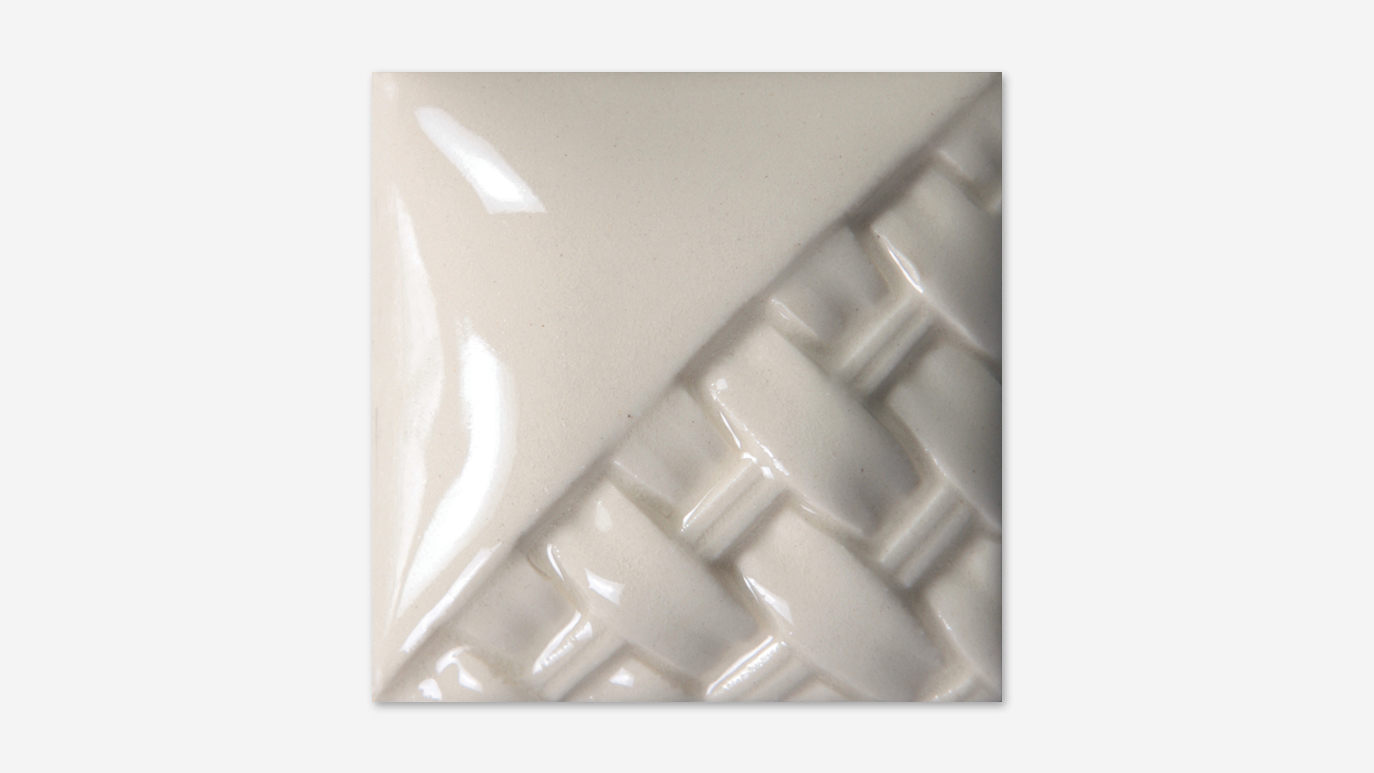
Mayco’s SW-001 Stoneware Clear cone 6 clear glaze adds a brilliantly clear, smooth gloss finish to your work. Perfect for stoneware and porcelain bodies, one to two brushing coats is all that is needed. Works well from cone 5/6 up to cone 10.
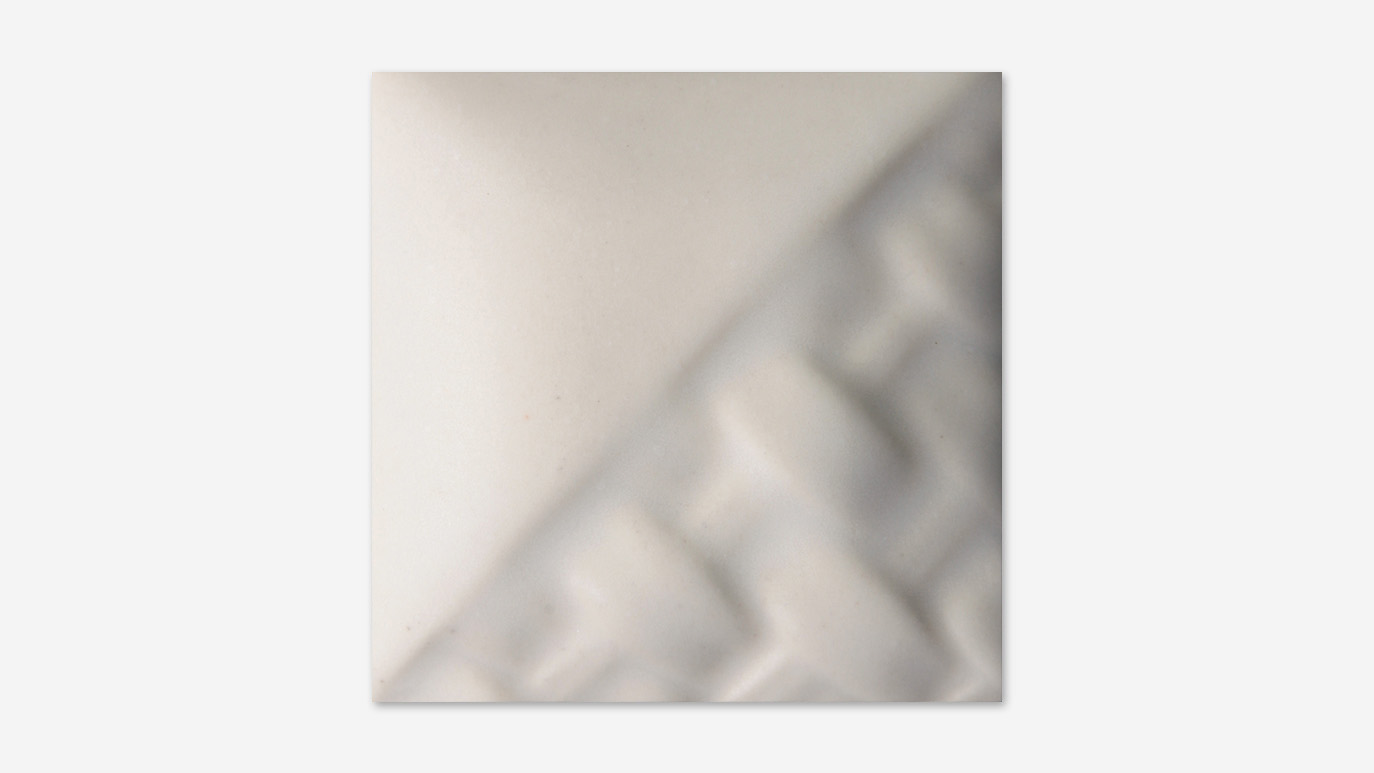
SW-002 Stoneware Matte Clear fires to a satin matte finish at cone 5/6 and will perform up to cone 10 with more satin, less matte finish. Perfect for layering techniques and slip or when underglazes are used.
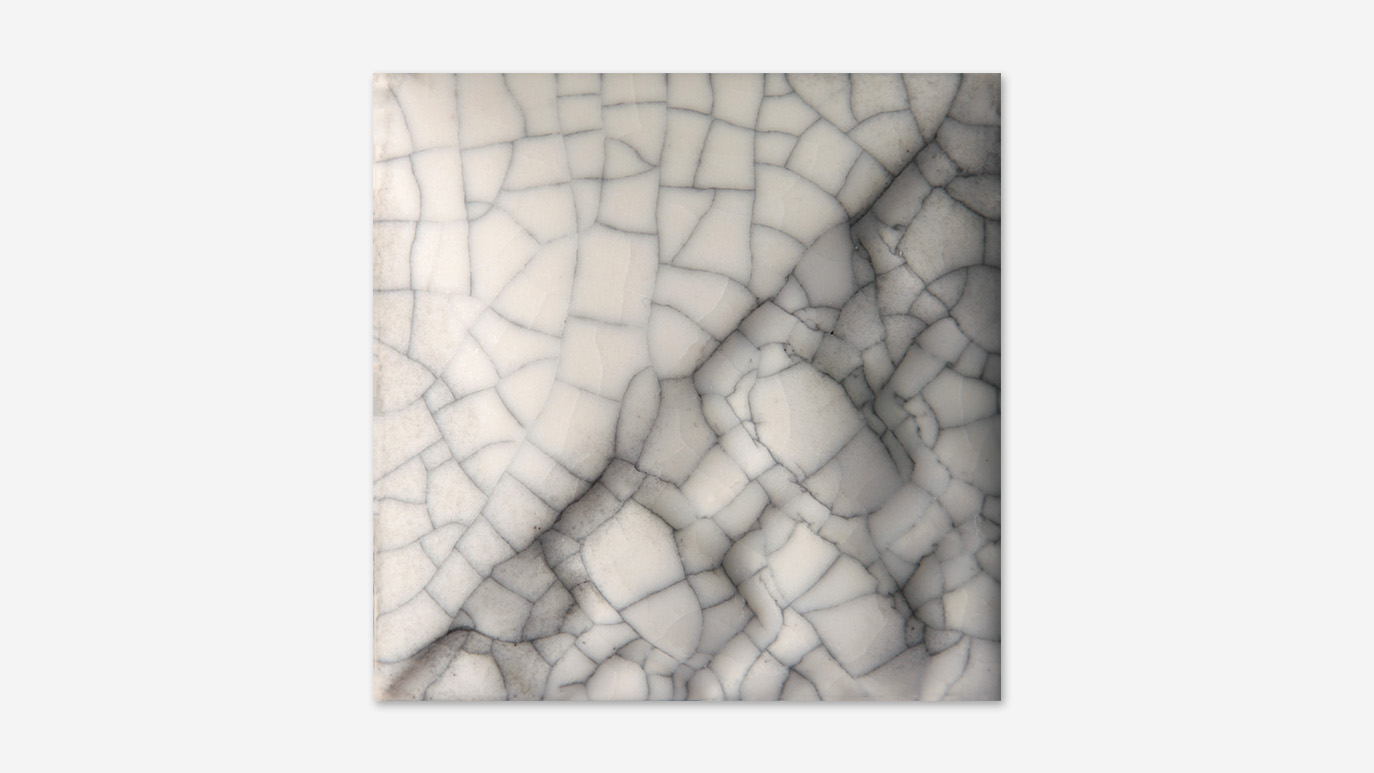
SW-003 Crackle Matte Clear was developed for mid-range firing temperatures where a fine crackle pattern will develop with 2-3 coats. To highlight the crackle pattern, after firing, wipe black acrylic or ink over the ware and wipe off, allowing the ink to fill the cracks.
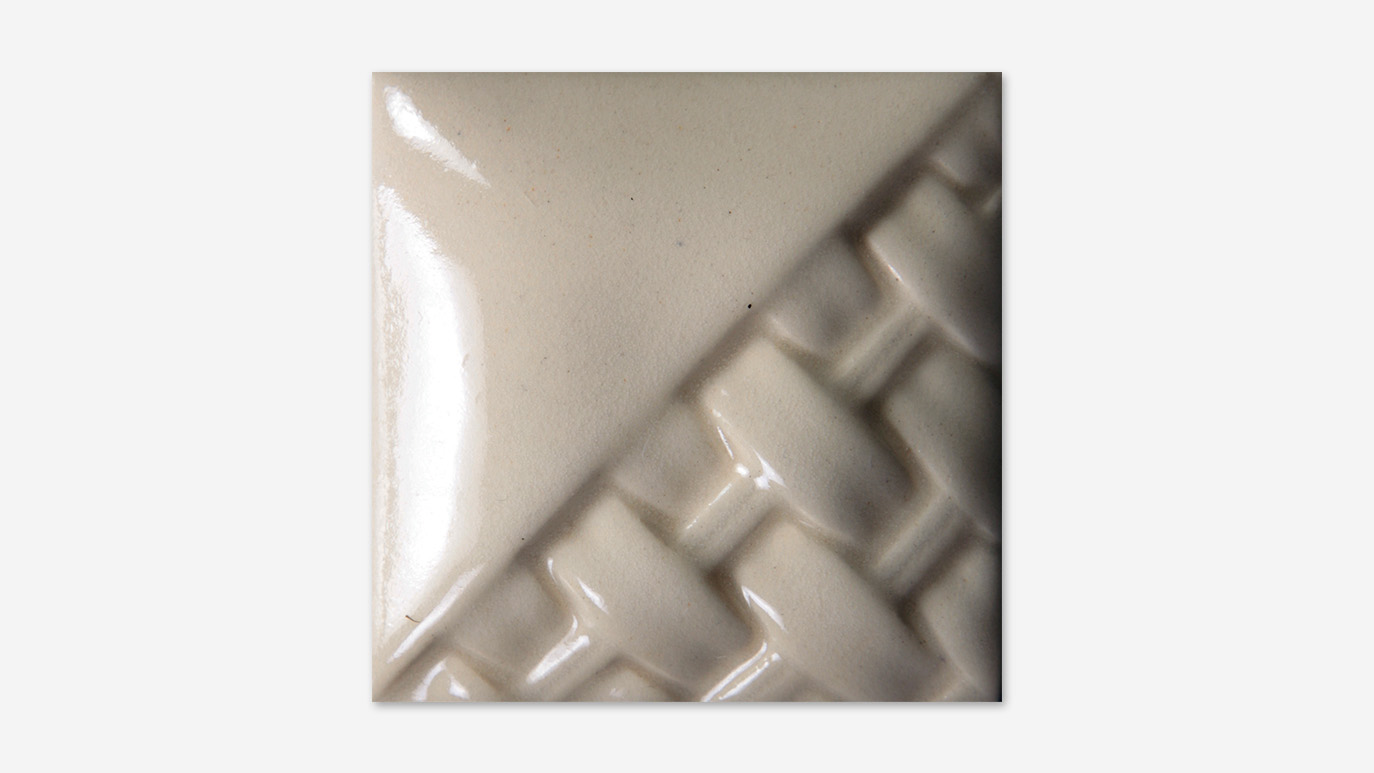
SW-004 Zinc Free Clear is a specialty clear glaze designed for use on glazes containing chrome-based pigments. The colors that we strongly suggested using Zinc-Free Clear to maintain color are: Fundamentals Underglazes UG-21 Leaf Green, UG-22 Spring Green, UG-198 Dark Grey, UG-210 Forest Green, UG-232 Olive, and SG-405 Designer Liner Green. Zinc-Free Clear with these colors ensures that you will get a brilliant, smooth, and crystal clear surface over these colors. Fire to cone 5/6. Carbon trapping and a milky haze may develop at cone 9/10.
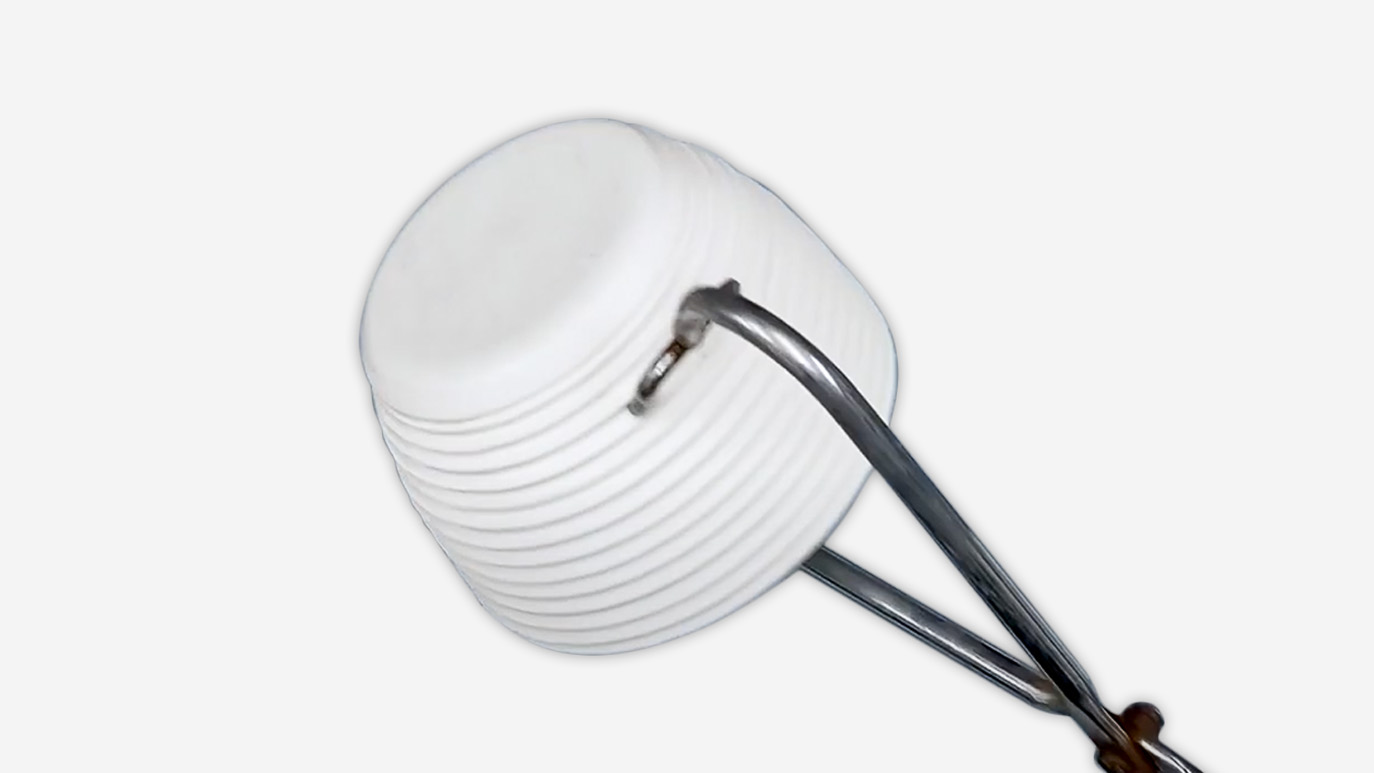
Dipping glazes differ from brushing versions as they contain fewer organic additives, making the dipping glazes less viscous than brushing formulas. Dipping glazes allow for quick and efficient glazing on large pieces or a large number of pieces.
Mayco offers Stoneware Clear, Matte Clear, and Zinc-Free Clear glazes in both brushing and dipping.
Brushing Clear: Stir well. Apply to soft-fired bisque (cone 04/06). Apply one coat if dipping; 2+ coats if brushing – allow each coat to dry before applying the next. Allow to dry and fire to cone 5/6.
Dipping Clear Dry Mix Products: Always wear a NIOSH approved respirator when handling dry glazes. Gently tumble unopened bag to redistribute materials. Sieving is not necessary. Mix one 5lb bag of dry material into 4-5 pints of water. Stir thoroughly with a wood paddle, stick or drill with mixing attachment. We recommend using 15lb of dry glaze to start a 3 gallon bucket and 25lb to start a 5 gallon bucket. Add additional water until desired specific gravity is reached. Our recommended Specific Gravity is in the range of 1.47 to 1.51. Stir well before each use. Immerse the ware for 1-2 seconds. We suggest using dipping tongs. One dip of Mayco Dry is equivalent to 3 coats. Shake excess glaze off gently. Allow the glaze to dry before applying additional coats if desired. Fire from cone 5/6-10. Tip: Save your bag or log the lot number for if you have any questions for our technical team. Tip: Apply AC-302 Wax Resist to the bottom for easy dry foot clean-up.
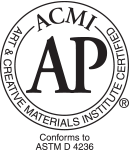
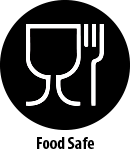

Mayco Clear, Matte Clear and Zinc-Free-Clear dipping & brushing glazes are AP Non-Toxic, Food Safe and Dinnerware Safe, when used according to manufacturer’s directions.



Crackle Matte Clear is AP Non-Toxic, Food Safe but not recommended for Dinnerware due to surface texture.
Choosing a dipping or brushing version of a clear glaze is dependent on application preference, quantity of glazing and time. Mayco offers pre-made low fire clear glaze in both dipping and brushing formulas. Brushing clear glazes differ from dipping versions in that they contain organic additives, which make the brushing glazes thicker (viscous) than dipping formulas. These additives are meant to improve the flow of glaze from the brush and assist with the even-ness of application, enhancing the fired surface finish. The amount of glaze deposited on the ware is primarily a function of glaze viscosity and the number of applications. Typically, 2 applications are required, allowing dry time between coats. Dipping clear glazes contain fewer organic additives, making dipping glazes less viscous than their brushing counterpart. The amount of glaze deposited on the ware is a function of glaze viscosity and the amount of time left in the glaze. Often dipping glazes are preferred in a studio or production environment where a large quantity of ware is processed.
Zinc Free Clear is a specialty clear glaze designed for use on glaze containing chrome-based pigments. Most of Mayco Fundamentals and Designer Liners will look best using Mayco’s SW-001 Stoneware Clear over them, however for Fundamentals Underglazes UG-21 Leaf Green, UG-22 Spring Green, UG-198 Dark Grey, UG-210 Forest Green, UG-232 Olive, and SG-405 Designer Liner Green, we recommend using Zinc-Free Clear to maintain color. It ensures that you will get brilliant smooth and crystal clear surfaces over these colors.
Use latex or rubber gloves to cover your hands (primarily as a precaution against skin irritation). Dip 98% of the piece into the dipping glaze and shake vigorously 2-3 times. Moisten a soft fan brush (RB-140) in the dipping glaze and pat glaze onto the unglazed area (where you held the piece).
4-5 hours at a minimum, 12 hours would be best. Hazy finishes, trapped bubbles and crawling can occur if the clear glaze has not thoroughly dried before firing.
Oolites are little pebbles of calcium carbonate. They form naturally although the exact reasons for their formation are unclear. With respect to clear glaze their occurrence is usually during the late summer months – the combination of the warm temperatures and vibration the glaze may experience during transit may factors. These materials can be strained out of the glaze using a fine mesh sieve.
Holding the viscosity cup in one hand and a stopwatch in the other submerge the cup into the glaze. Start the stopwatch the moment the bottom of the cup clears the surface of the glaze. When the glaze stream breaks, stop the clock. Cup should be empty or nearly empty.
Dip two-thirds of the ware into the glaze. Dip the remaining one-third up to the previous dip line and avoid overlapping as much as possible. Moisten a soft fan brush (RB-140) in the dipping glaze and gently pat the seam line. Be careful too to apply too much pressure with the brush as you may smear the underlying colors and design.